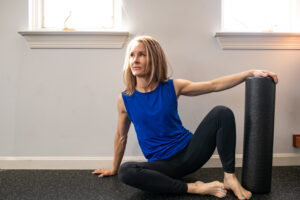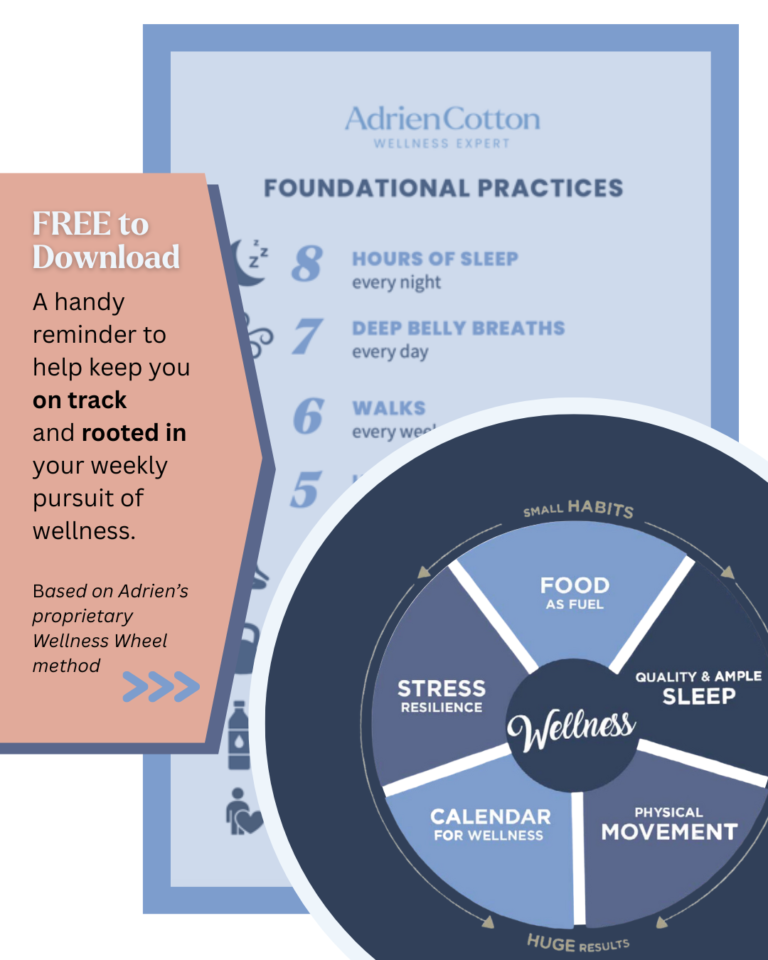What is VO2 Max and why should you care?
In recent years there has been a lot of focus on VO2 max, or maximal oxygen uptake, as a prime indicator of physical fitness levels. Many fitness enthusiasts use VO2 max to measure the effectiveness of their workouts. In theory, the higher our VO2 max, the better physically conditioned we are.

VO2 max measures how efficiently your body uses oxygen during exercise. Why does this matter? The more effectively our hearts can circulate blood to our muscles, the more efficiently our bodies can produce the energy (or in scientific speak ATP, also known as adenosine triphosphate) to power our muscles.
While VO2 max can be a valuable tool for elite athletes and give the rest of us a good indicator of our cardiovascular health, it is not the only thing we should use to gauge our fitness success. And unfortunately, VO2 max isn’t a one-score-fits-all kind of measurement.
One flaw is that weight is used to calculate VO2 max. As with BMI, or body mass index, this can give an inaccurate reading for athletes with higher body weight and ignores the possibility that lean muscle mass accounts for much of the higher weight. Muscle weighs more than fat.
One example is USA Olympic bronze-medal-winning rugby player, Ilona Mayer, who received hateful comments online criticizing her size. One cruel comment referenced her BMI. She quipped back saying, “I think you were trying to roast me, but this is actually fact—I do have a BMI of 30. Well, 29.3 (to be) more exact.” She added that by the BMI standard “I am considered overweight. But alas, I’m going to the Olympics, and you’re not.” She provided her stats: height at 5 feet 10 inches and weight of 200 pounds. Of those 200 pounds, about 170 is lean muscle mass—proof that measurements like BMI are not an accurate indicator of fitness.
BAM!
Women carry more fat on our bodies because of our higher rates of estrogen, so once again this measurement of our worth by weight can be problematic and frankly SOOOOO frustrating. And for those of us in midlife who may be carrying extra weight during perimenopause and menopause, VO2 max may not tell us the full story. To increase our VO2 max we would have to reduce fat while preserving lean muscle mass, which can prove to be a tough task as our hormones are all over the place during midlife.
High-intensity cardio and strict dieting to lose weight can be counterproductive for perimenopausal and menopausal women. While this may improve VO2 max numbers, it will also contribute to losing lean muscle mass, which we need so badly to hold on to as we age.
High-intensity training is good for some people, but I don’t recommend it to my midlife clients. Often intense training programs are counterproductive to the needs of our midlife bodies. I remind my clients that what worked for us in our 20s and 30s no longer serves us. Instead, we need to meet our bodies where they are today.

The most effective training we can do during our midlife years and beyond is strength training. Our amazing midlife bodies thrive on lean muscle mass. Strong muscles equal strong bones. Women in menopause have an increased risk of developing osteoporosis, a condition where bone mass decreases creating brittle bones that increase the risk of fractures. As our muscles become stronger through weight training, they pull on our bones encouraging bone growth. And muscle mass is super important for stability and balance and preventing the risk of falls and injury.
Another perk of strength training is that it ramps up our metabolism. As we build more lean muscle mass, our basal metabolic rate increases. Lean muscle mass burns more energy than fat, even when our bodies are at rest, so we burn more calories throughout the day, a great bonus for sure.
One of the best advantages of strength training is reminding ourselves how strong we are. And that strength isn’t just measured by how much we lift—although it can be pretty satisfying to lift one half, three quarters, or even your whole body weight in pounds—but also the mental stamina to show up for ourselves and do the work. Many of us have spent years caring for our families and aging parents and providing for others, we most certainly can give that to ourselves during some of the best years of our life.
Are you not sure where to get started with a strength training routine? I can help! Consider joining my new holistic wellness program: Exercise, Food, Sleep, & Stress Relief for Women: 8 Weeks of Wellness with Adrien Cotton. Throughout the program, I share my decades of experience in fitness and wellness, and with the support of our community, help guide you toward a fulfilling and joyful wellness experience.



